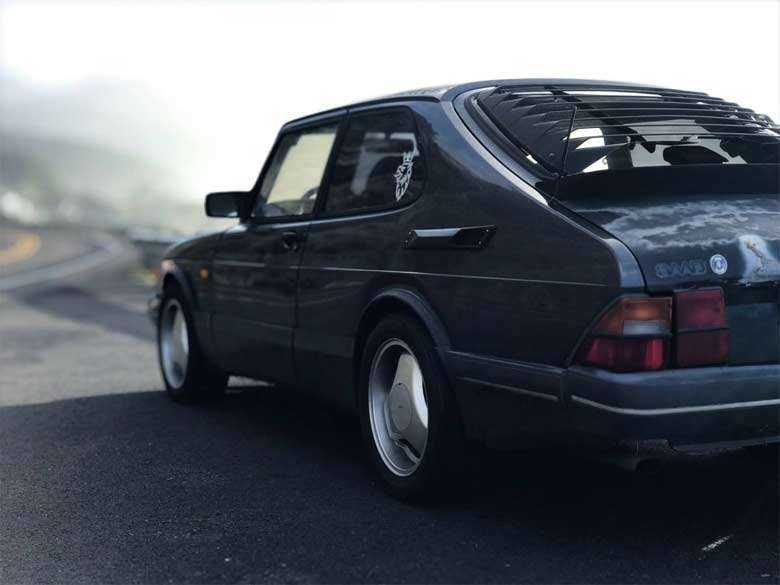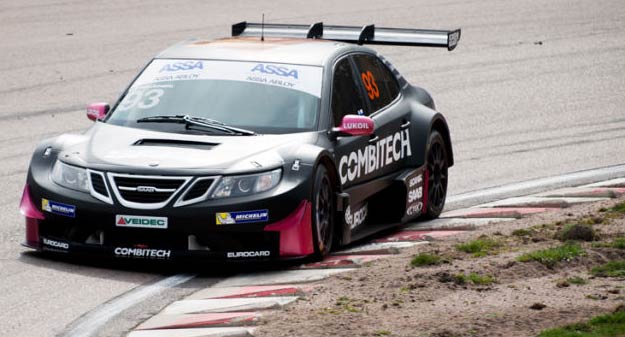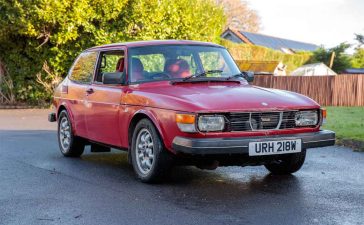There is nothing out there that has ever compared to a Saab in terms of its ride and how it gets around in bad weather. Saab 900 is good-looking and one of the most interesting cars in all automotive history.
The original Saab 900 was a darling of the Turbo era – vigorous to drive, comfy, reliable, and accessible. The 900 was so good that despite being rooted in the circa-1969 Saab 99 it still felt modern when production wound down in 1993 – 15 years after it was introduced.
Along the way Saab made many improvements, culminating in the “Commemorative Edition” (CE) in 1993 and the final classic 900 Convertibles in 1994, but the most desirable of them all, until the run-out CE, was the 900 SPG.
SPG stood for “Special Performance Group,” a name unique to the U.S. (it was called the 900 Aero abroad, with some variations).
Externally the car was given a very period body kit for an Aero/Ground Effects look and three-spoke alloys. Unlike many other cars with body kits in that era, Saab’s was functional – wind tunnel tested and found to lower drag by 5%.

Underneath it was the first Saab to use the company’s new 16V B202 engine – packing 160 hp, a considerable step up.
29 prototypes were painted pearl white with red leather interiors and were shown in 1984 (6 reportedly survive) to considerable interest – production cars were ready for the rest of the world in mid-84 and the car debuted as a 1985 model in the U.S., by which time the rest of the 900Ts also used the B202 16V, making the early SPG mostly an appearance package.
In 1987, when the 900 got an overall refresh with a more aerodynamic front end (now with flush headlights even in the U.S.), the SPG got some more meaningful changes – a bump to 165 hp, springs and anti-roll bars of its own, and its own APC (automatic performance control) unit – which also necessitated premium fuel only.

Color choices were limited – in it’s best-selling years almost all were Black or Edwardian Gray. Talladega Red and Beryl Green became optional in 1990 and 1991, respectively. No, the hood on this particular car is not original – not every car is a perfect showpiece and let’s not judge.
1990 brought more power – 175hp via a new turbocharger (a Mitsubishi TE-05) not shared with the other 900s. As in the past, the SPG again debuted equipment later seen on the regular 900T, with the TE-05 becoming standard on the regular 900 Turbos for 1991.
The SPG was the most expensive 900 and consequently the most exclusive – sales trailed off after 1988 (amid a general downturn for such car in the U.S.) while the price rose almost $31K in 1991.

7,625 SPGs were sold in the U.S. before the model was retired in mid-1991. The CE was a revival of sorts, with more power (185 hp and a special “red box” APC unit) but without the body kit.










